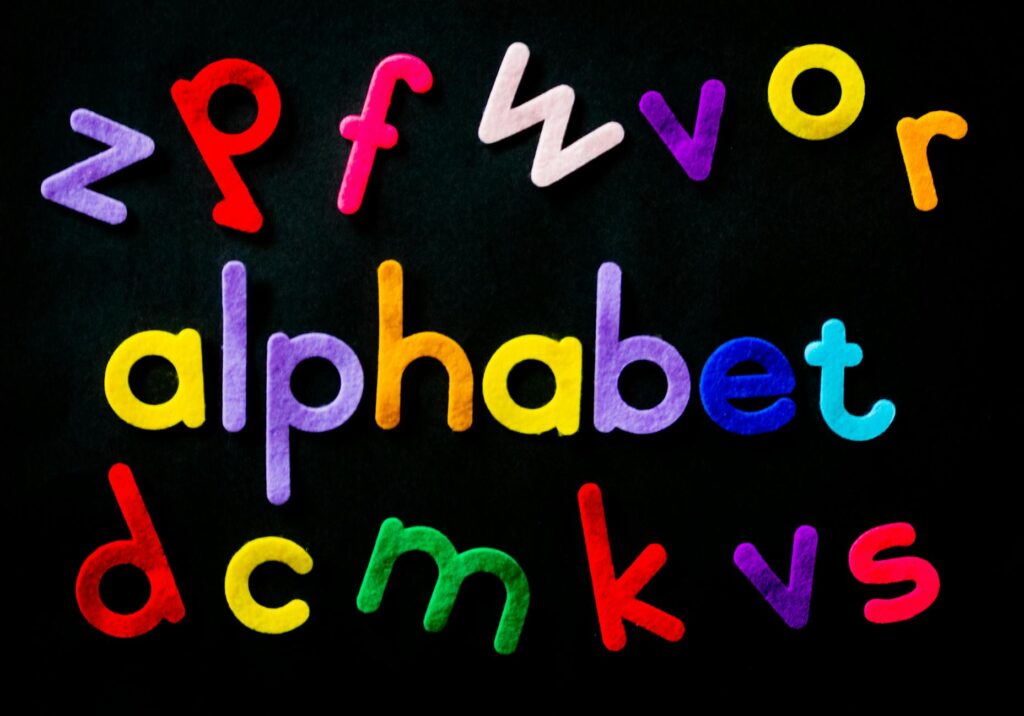What is visual aids usage?

What is visual aids usage?
Visual aids are essential tools that enhance communication and understanding across various fields. Whether in education, business, or personal development, they serve to clarify complex ideas, engage audiences, and facilitate learning. But what exactly are visual aids? Let’s explore their definition, types, benefits, and effective implementation.
Understanding Visual Aids
Definition and Purpose
Visual aids can be defined as any instructional material that uses visual elements to convey information. They include charts, graphs, infographics, videos, and more. The primary purpose of visual aids is to complement verbal communication, making it easier for audiences to grasp and retain information. By presenting data visually, you can significantly improve comprehension and engagement. For example, a well-designed infographic can summarize key points in a way that is more memorable than a list of text.
Types of Visual Aids
There are numerous types of visual aids, each serving a unique role depending on the context of the presentation. Some common types include:
- Slides: Often used in presentations, slides can feature text, images, and diagrams to highlight key points.
- Posters: Visual posters help showcase important information in a large, easy-to-read format.
- Infographics: These combine graphics and data to present information succinctly.
- Charts/Graphs: These are perfect for displaying statistical information visually, making trends and patterns easier to understand.
- Videos: Short videos can illustrate concepts dynamically and engage viewers effectively.
For a deeper dive into these types, you can refer to this resource on types of visual aids.
Benefits of Visual Aids Usage
Using visual aids in your presentations can offer several advantages.
Enhanced Understanding and Retention
One of the primary benefits of visual aids is their ability to enhance understanding and retention of information. Research indicates that people generally remember only 10% of what they hear, but they retain up to 65% of what they see and hear combined. This means that incorporating visuals can significantly improve your audience’s ability to remember key concepts long after the presentation is over.
Increased Engagement
Visual aids also play a crucial role in capturing and maintaining audience interest. When you present information visually, you draw attention and spark curiosity. For instance, using colorful graphs or interactive infographics can keep your audience engaged, making your delivery more impactful. As highlighted in this article on the importance of visual aids, when visuals are used effectively, they support the learning process by stimulating interest.
Clarification of Complex Information
Complex ideas can often confuse audiences. Visual aids help break down intricate concepts into digestible bits. For example, a flowchart can illustrate a process step-by-step, making it easier for audiences to follow along. This clarity can lead to better discussions and deeper understanding.
Implementing Visual Aids Effectively
To reap the full benefits of visual aids, it’s essential to implement them effectively. Here are some tips to consider:
Choosing the Right Type of Visual Aid
Select the visual aid that best fits your content and audience. Consider the nature of the information you’re presenting. If it’s data-heavy, charts might be ideal. If you’re sharing a process, a flowchart could be more effective. Understanding your audience’s preferences and needs can guide your choice of visual aids.
Design Principles for Visual Aids
Effective design is critical when creating visual aids. Here are a few design principles to keep in mind:
- Simplicity: Avoid clutter. A clean, simple design helps convey your message clearly.
- Clarity: Ensure text is legible and graphics are easy to interpret.
- Consistency: Use a consistent style, color scheme, and fonts throughout your presentation to maintain a professional appearance.
Integrating Visual Aids with Verbal Communication
Visual aids should complement your spoken content, not replace it. Use them to emphasize key points while you provide explanations. This integration can enrich the audience’s experience and ensure a coherent flow in your presentation.
Common Mistakes to Avoid in Visual Aids Usage
Even seasoned presenters can fall into traps when using visual aids. Here are some common mistakes to steer clear of:
Overloading Information
One of the biggest pitfalls is presenting too much information on a single visual aid. Crowded visuals can confuse the audience rather than clarify. Aim to focus on one key message per visual to enhance understanding.
Neglecting Audience Needs
Failing to consider the audience’s background and preferences can undermine the effectiveness of your visual aids. Tailor your visuals to fit their comprehension levels and interests. Engaging with your audience beforehand can provide insights into their needs.
Conclusion on Visual Aids Usage
In conclusion, visual aids are powerful tools that can significantly enhance communication, understanding, and retention. By effectively implementing these tools in your personal and professional life, you can improve presentations, boost productivity, and create a more engaging learning environment. Start incorporating visual aids today, and watch how they transform your ability to communicate effectively!

Photo by Magda Ehlers